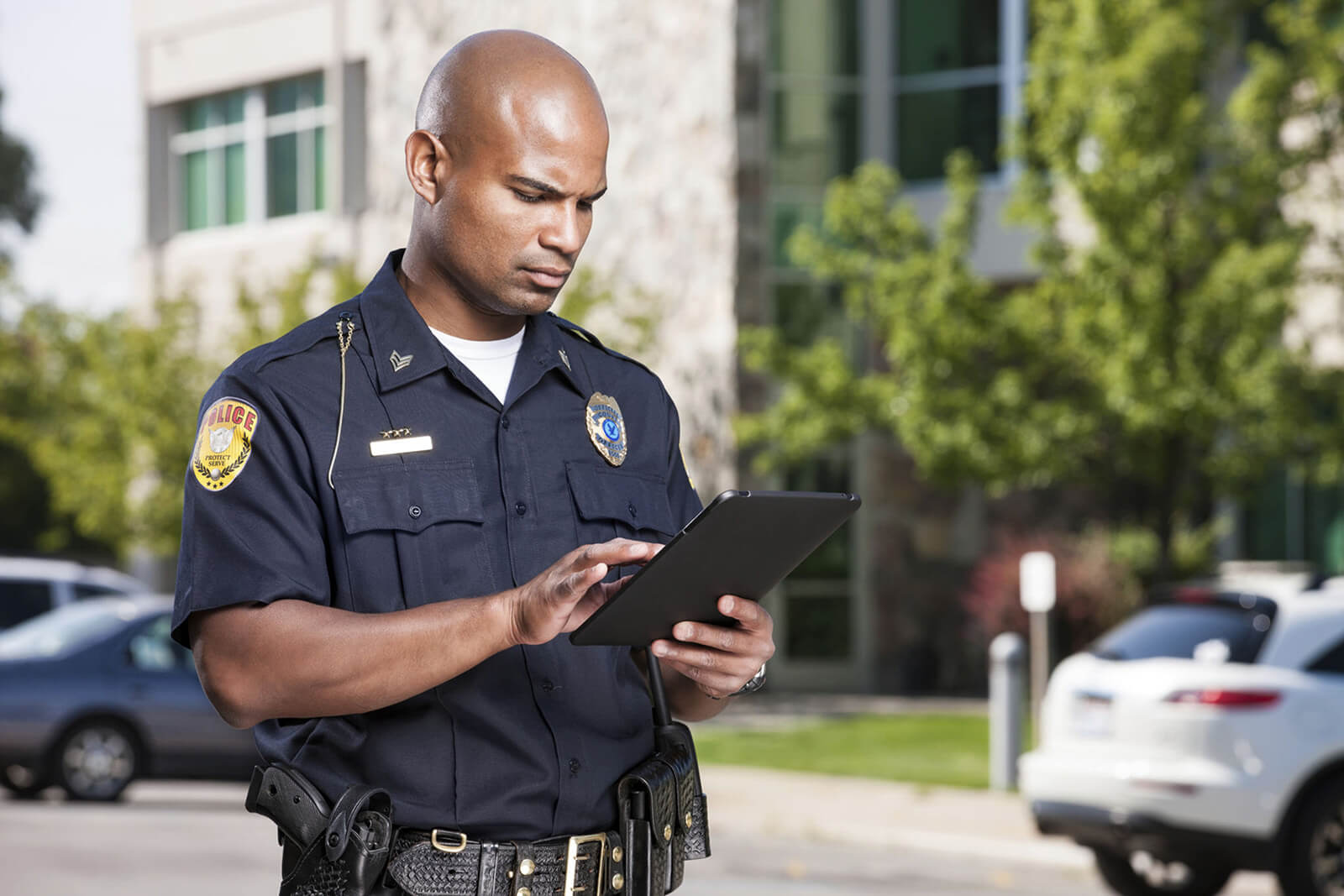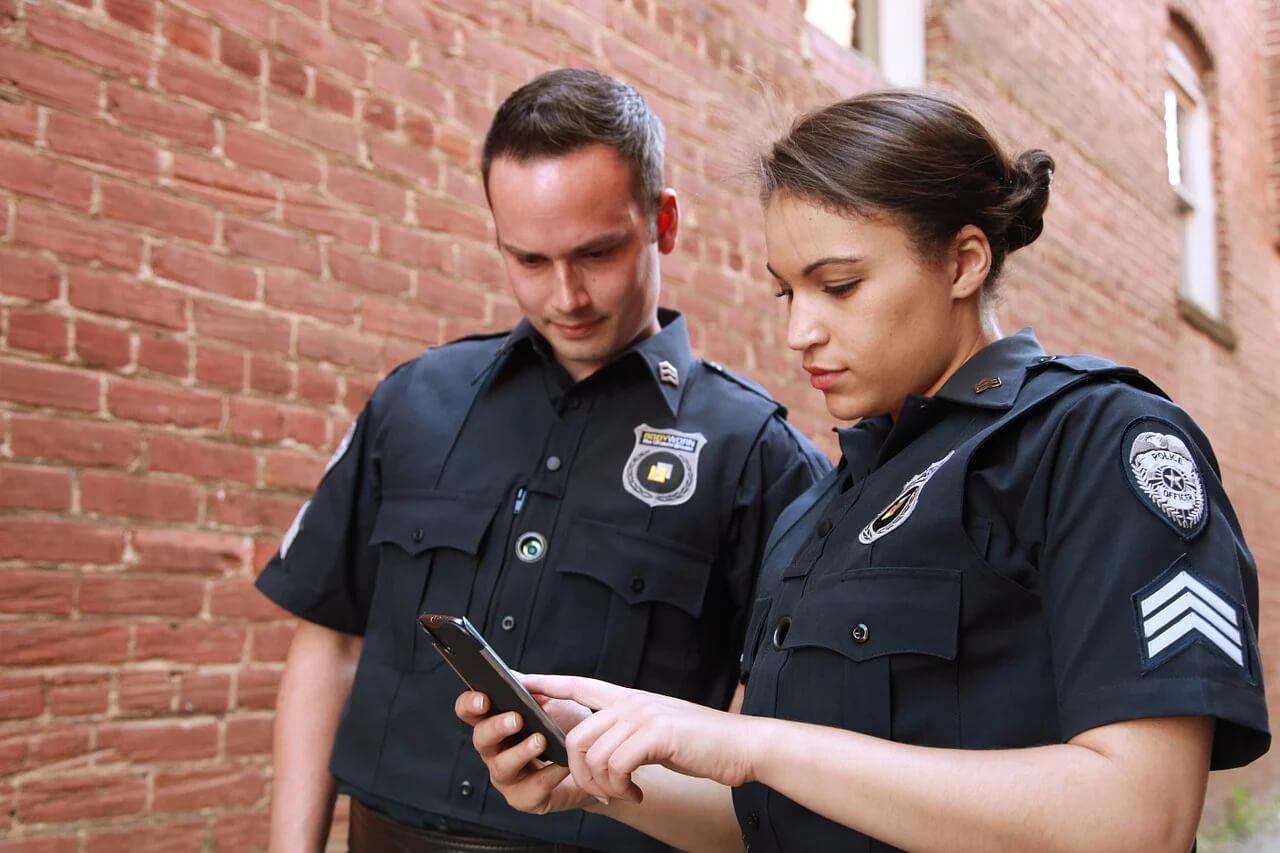Introduction
Employee engagement is a crucial aspect of any organization, including law enforcement agencies. Engaged police officers are more likely to be motivated, productive, and satisfied with their work, ultimately leading to better law enforcement services. To measure and improve employee engagement, many police departments conduct regular employee engagement surveys. However, collecting survey data is just the beginning; the real value comes from what you do with the results. In this blog post, we will explore the best practices and evidence-based strategies on how police leaders and chiefs can effectively interpret and act upon employee engagement survey results.
1. Analyze and Understand the Data
Before making any decisions based on survey results, it is essential to thoroughly analyze and understand the data. Look for trends, patterns, and significant variations in responses. Pay attention to key demographics within your department, such as rank, tenure, and shift, as these can reveal valuable insights.
According to research by Gallup, understanding the data is the foundation for improvement. They found that organizations that analyze their survey data effectively see a 17% increase in overall employee engagement. For police leaders, this means that in-depth data analysis can be a powerful tool for enhancing department morale and performance.
2. Identify Areas of Strength and Weakness
Once you have analyzed the data, it’s time to identify the areas where your department excels and where there is room for improvement. Recognizing strengths can help you reinforce and build upon what’s working well, while pinpointing weaknesses enables you to take action to address these issues.
Historical data from the Corporate Leadership Council (CLC) indicates that focusing on strengths and addressing weaknesses leads to a 15% increase in employee engagement. For police chiefs and leaders, this strategy can have a direct impact on the overall effectiveness and morale of their department.
3. Involve Your Officers in the Discussion
Engaging your officers in the discussion about survey results is a critical step in the process. Encourage open and honest conversations about the findings, and seek their input on potential solutions and improvements. This involvement fosters a sense of ownership and demonstrates that their voices are being heard.
According to a study published in the Harvard Business Review, organizations that actively involve employees in discussions about survey results experience a 25% increase in employee engagement. Police chiefs and leaders can apply this approach to empower their officers and create a more engaged and collaborative work environment.
4. Develop an Action Plan
Based on the survey results and input from your officers, it’s crucial to develop a comprehensive action plan. This plan should outline the specific steps and strategies you will implement to address the areas of weakness and build upon the strengths identified in the survey.
Research from Deloitte highlights the importance of creating action plans. They found that organizations with well-defined action plans saw a 21% increase in employee engagement. For police leaders, having a clear plan in place is essential for making meaningful improvements in their departments.
5. Prioritize Feedback and Follow-Up
Effective communication and feedback mechanisms are essential throughout the process of acting on survey results. Regularly update your officers on the progress of the action plan and how their feedback is being integrated into the changes. Keep the lines of communication open to ensure that everyone feels involved and informed.
A report by the Society for Human Resource Management (SHRM) emphasizes the value of feedback and follow-up. It notes that organizations with strong feedback mechanisms experience a 19% increase in employee engagement. For police executives, this means that ongoing communication is vital for maintaining and improving officer engagement.
6. Measure Progress and Adjust as Needed
The work doesn’t end with the implementation of the action plan. It’s important to continuously measure progress and adjust strategies as needed. Regularly conduct follow-up surveys to track changes in employee engagement and make necessary improvements based on the new data.
Research from the Corporate Executive Board (CEB) suggests that organizations that consistently measure progress see a 13% increase in employee engagement. For police chiefs and leaders, ongoing assessment and adaptation are essential for creating a thriving and engaged department.
7. Provide Opportunities for Skill Development
Offering opportunities for skill development and career growth is a key component of enhancing employee engagement. Officers who feel that their professional development is supported are more likely to be engaged and committed to their roles.
According to a report by the International Association of Chiefs of Police (IACP), investing in the skill development of police officers can lead to a 16% increase in engagement. Providing training and career advancement opportunities is a valuable strategy for police executives and chiefs to consider.
8. Foster a Positive Work Environment
A positive work environment is fundamental to employee engagement. Create a culture where officers feel valued, respected, and supported in their roles. Recognize and reward their contributions, and promote a sense of camaraderie and teamwork within the department.
Historical data from the National Institute of Justice (NIJ) suggests that a positive work environment can result in a 20% increase in officer engagement. Police leaders and chiefs can actively work to cultivate such an environment, which is essential for the well-being and performance of their officers.
9. Address Burnout and Stress
Policing can be a high-stress profession, and addressing burnout and stress is crucial for maintaining officer engagement. Implement strategies to help officers cope with the demands of their roles, such as offering wellness programs, mental health support, and stress management resources.
Data from the Police Executive Research Forum (PERF) indicates that addressing burnout and stress can lead to a 12% increase in officer engagement. Recognizing and managing these challenges is essential for police leaders and chiefs to ensure the well-being of their officers.
10. Seek External Expertise
In some cases, it may be beneficial to seek external expertise to help interpret survey results and provide guidance on improvement strategies. External consultants or experts can offer a fresh perspective and valuable insights that can drive meaningful change within the department.
Research by the National Institute of Justice (NIJ) suggests that organizations that engage external experts in the process see a 14% increase in employee engagement. Police chiefs and leaders should consider this option when dealing with complex challenges in their departments.
Conclusion
Employee engagement surveys are a powerful tool for police executives, chiefs, and leaders to understand the sentiments and needs of their officers. To maximize the impact of these surveys, it’s essential to analyze the data, identify areas of strength and weakness, involve officers in discussions, develop action plans, prioritize feedback and follow-up, and measure progress. Providing opportunities for skill development, fostering a positive work environment, addressing burnout and stress, and seeking external expertise are additional strategies to enhance officer engagement.
As law enforcement leaders, it is your responsibility to not only gather survey data but also to take action based on the results. The well-being and effectiveness of your officers, as well as the overall success of your department, depend on your commitment to using survey data to drive positive change. By following evidence-based strategies and best practices, you can create a more engaged and effective law enforcement agency.








